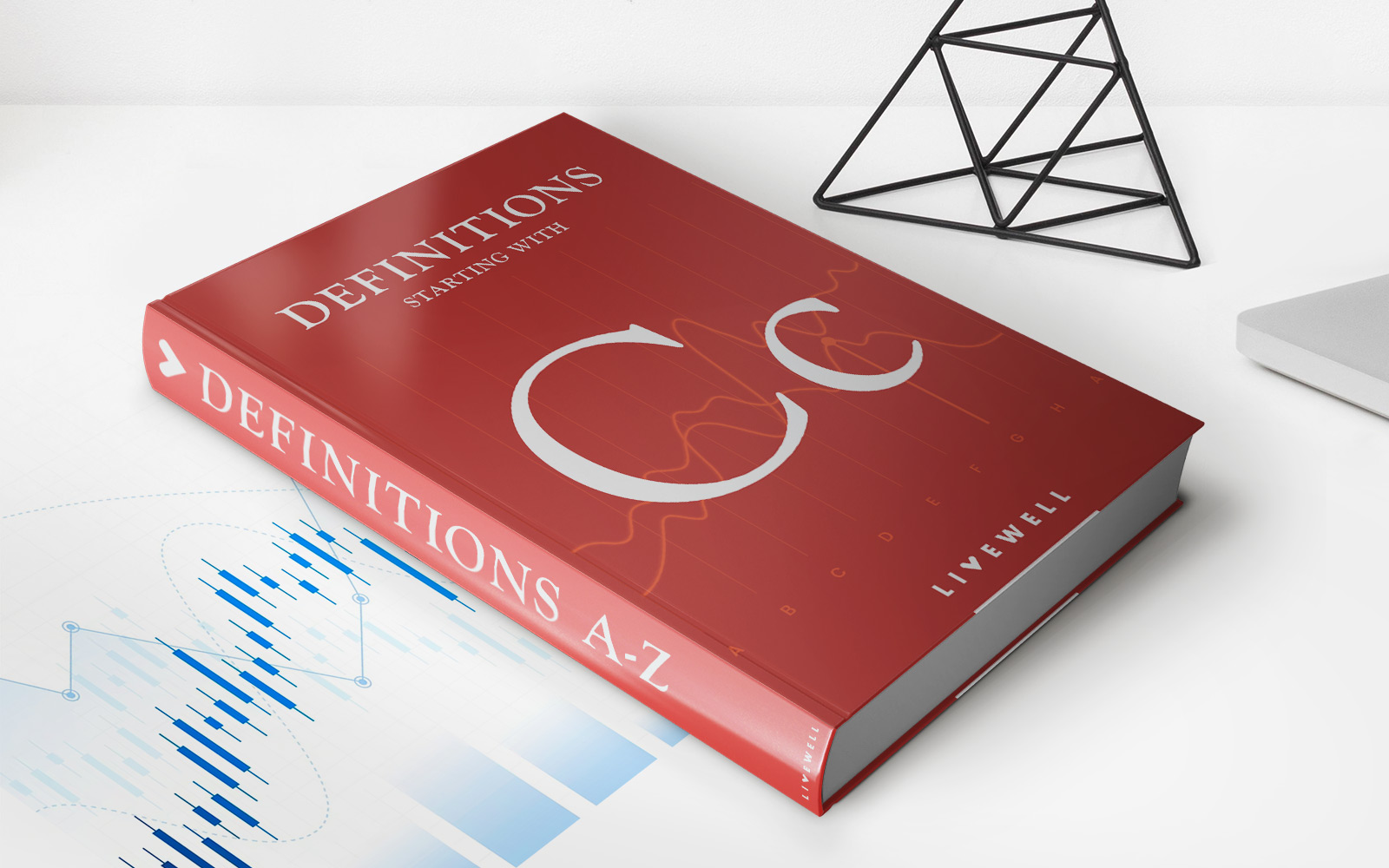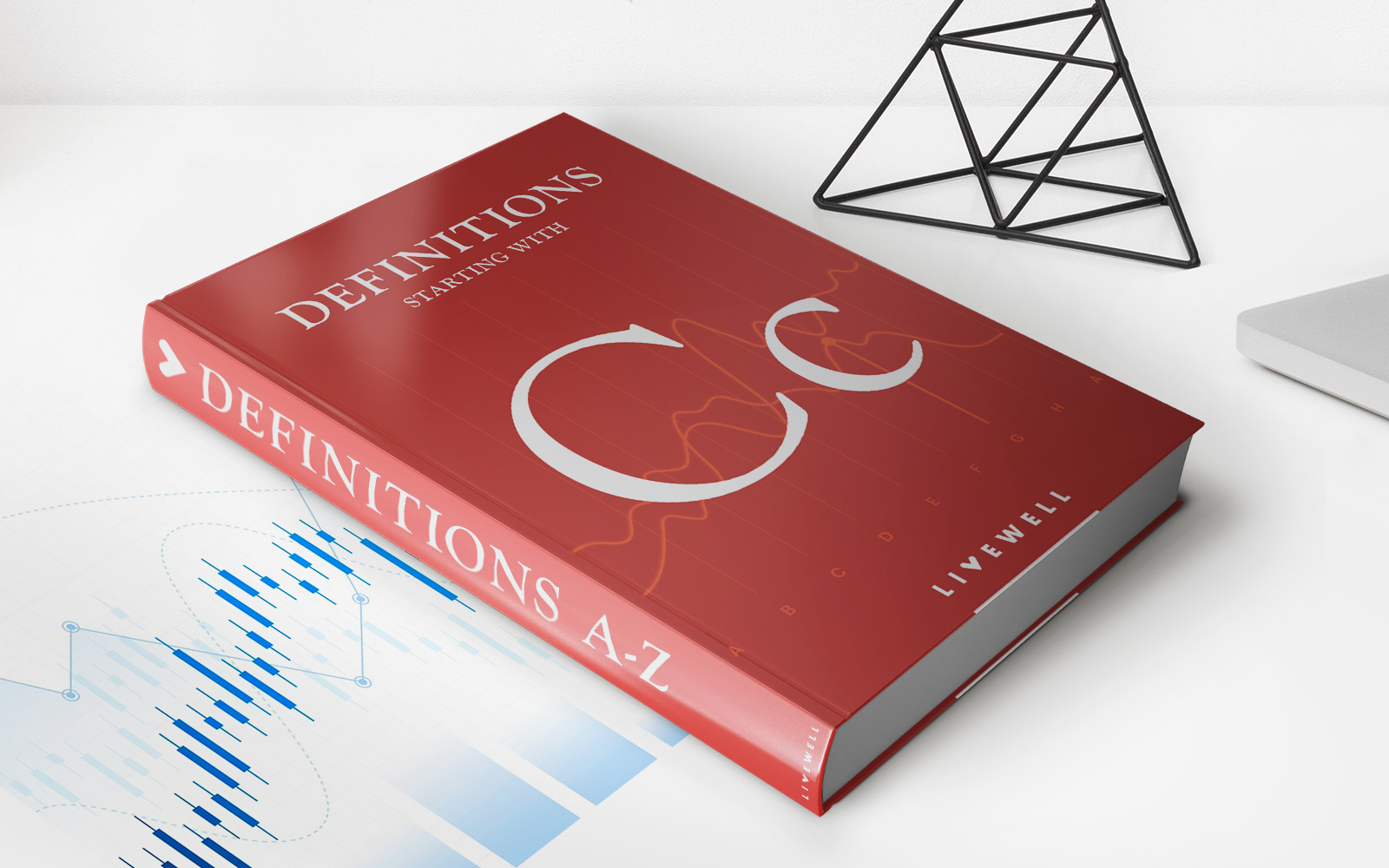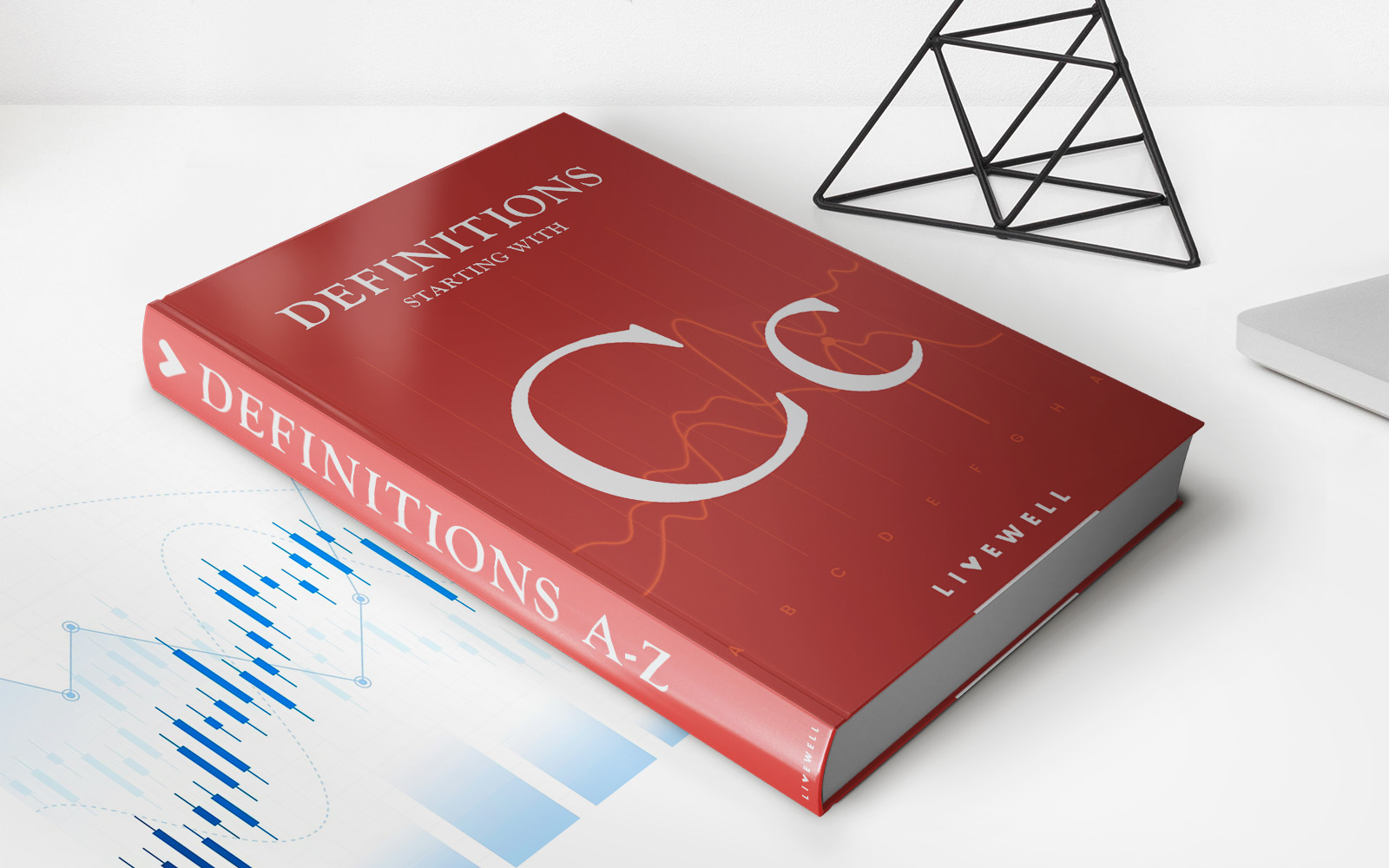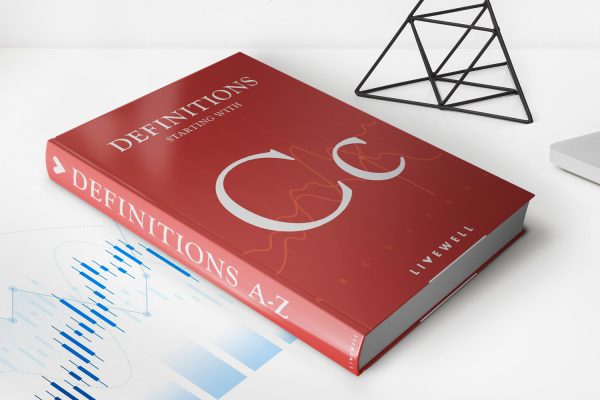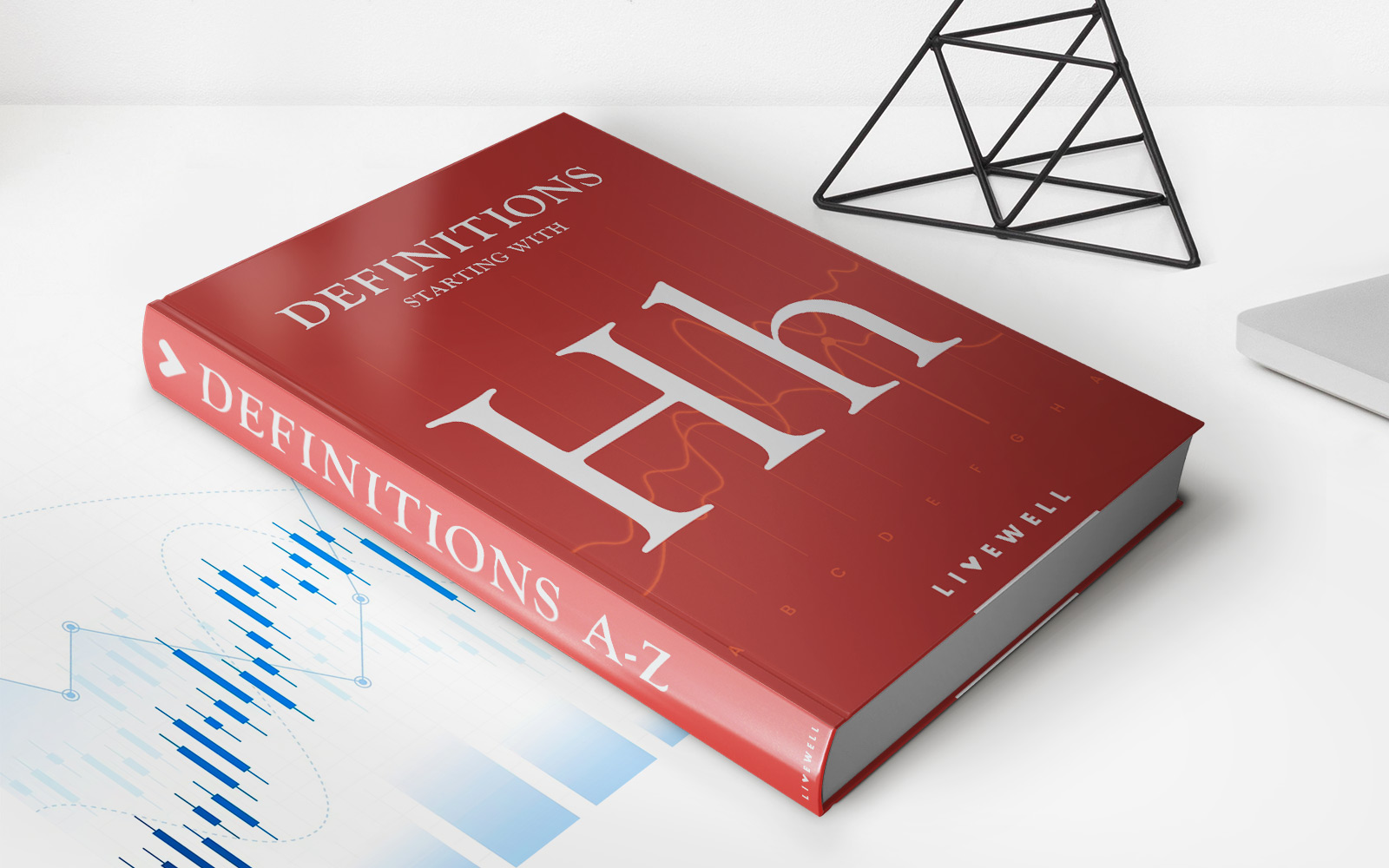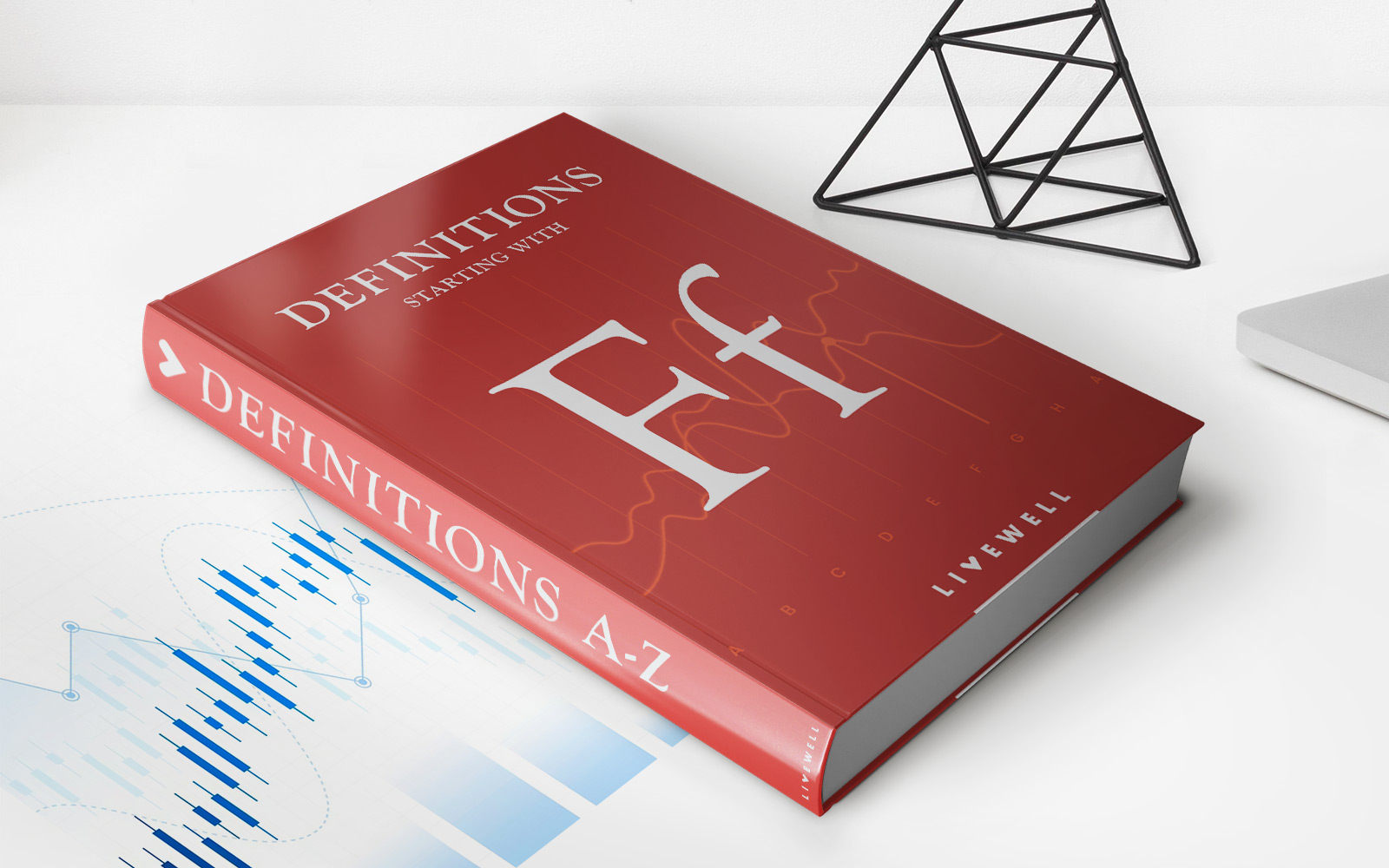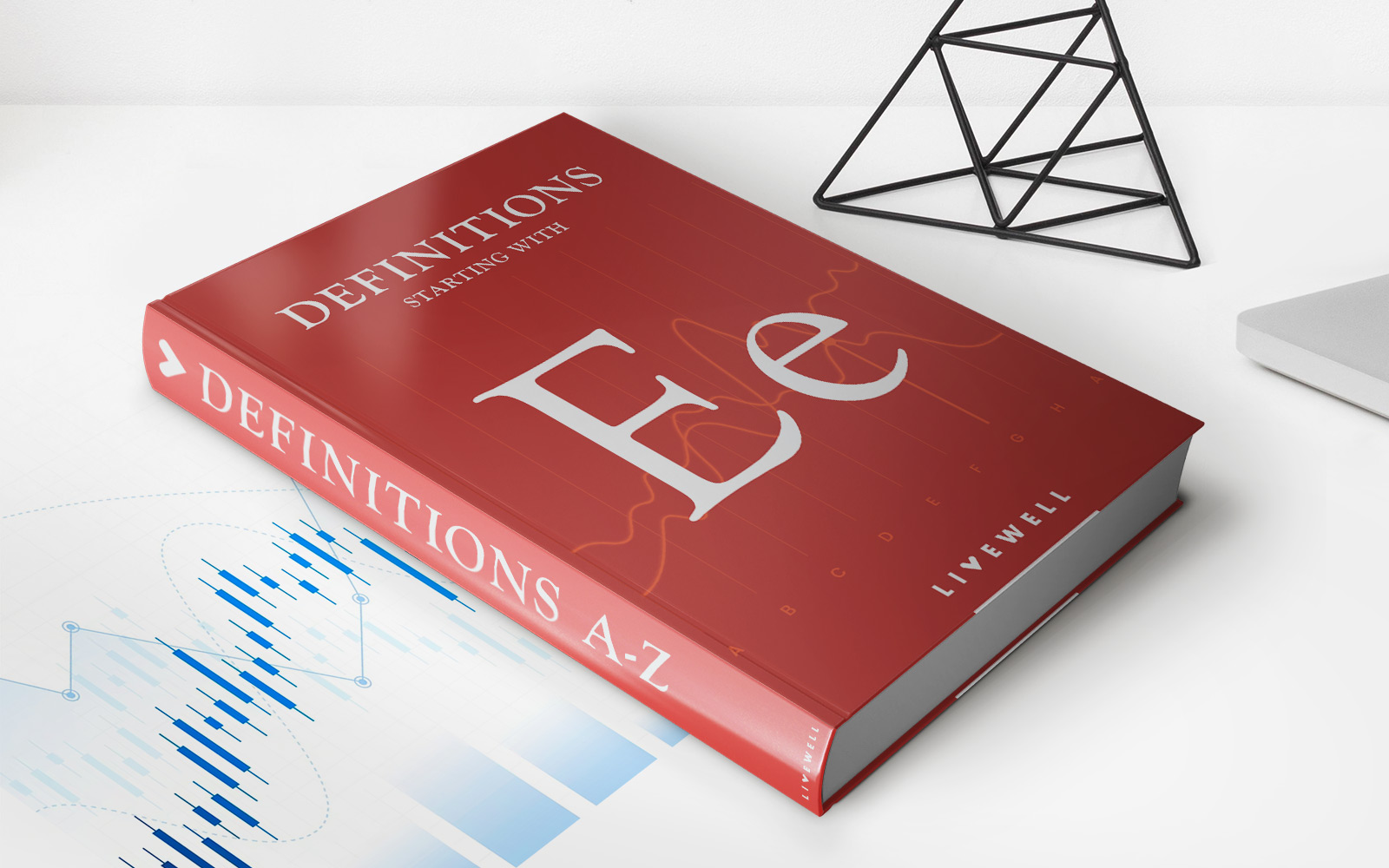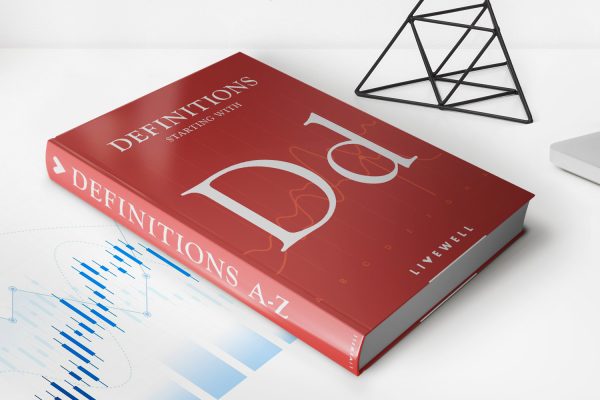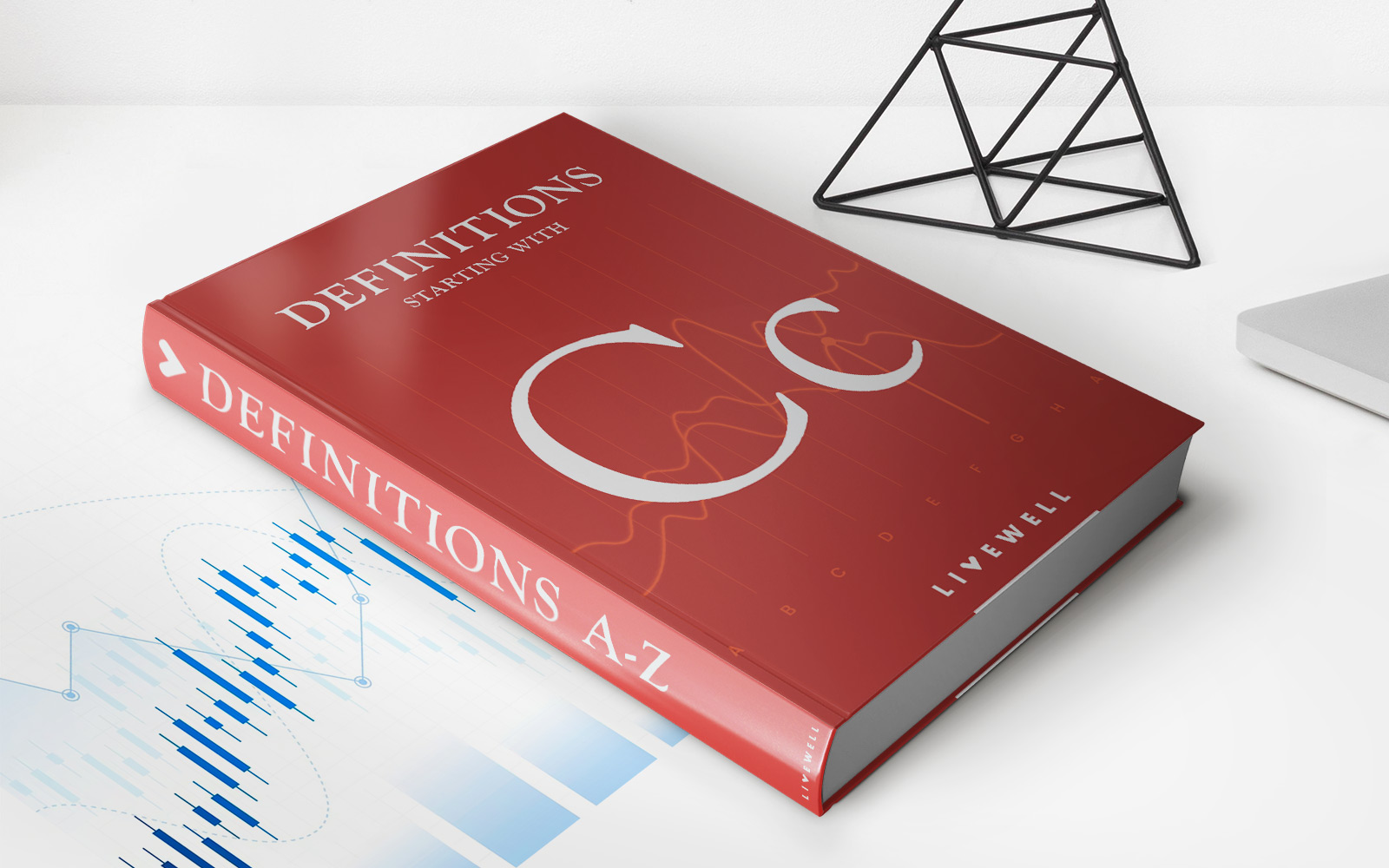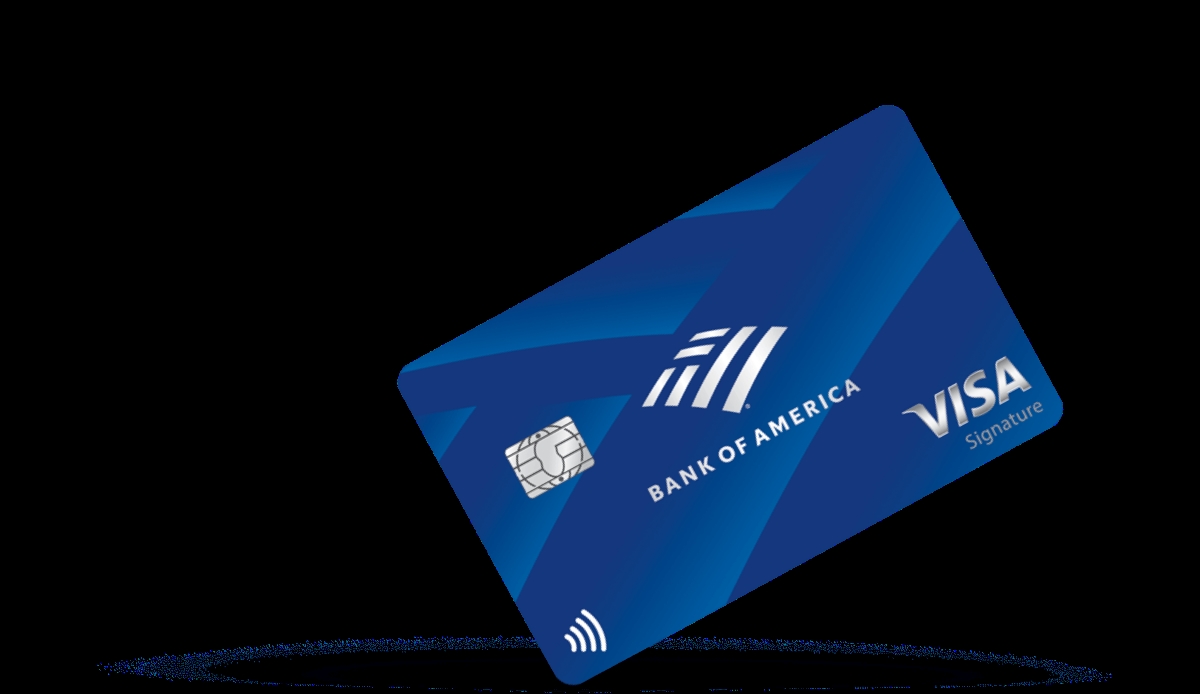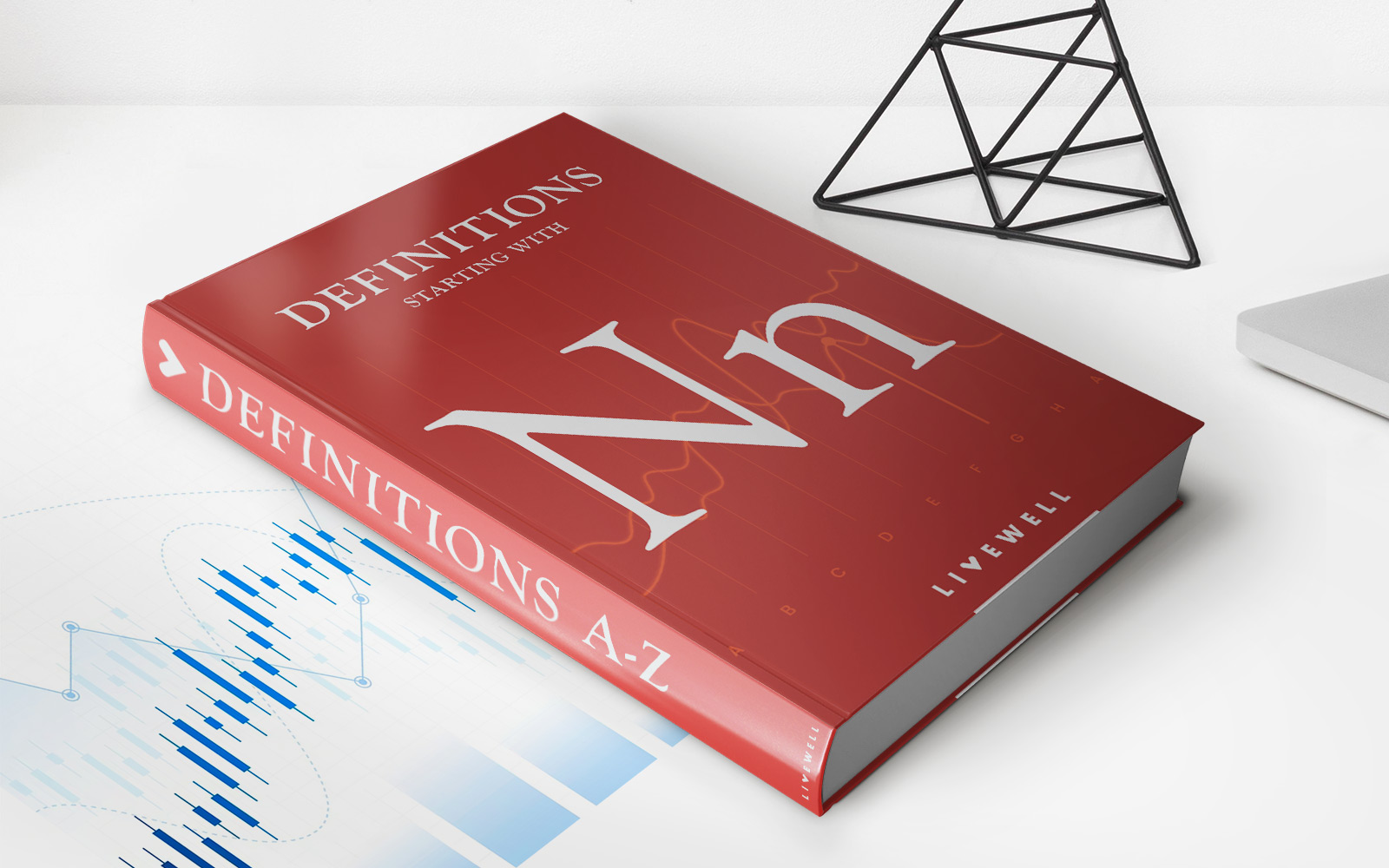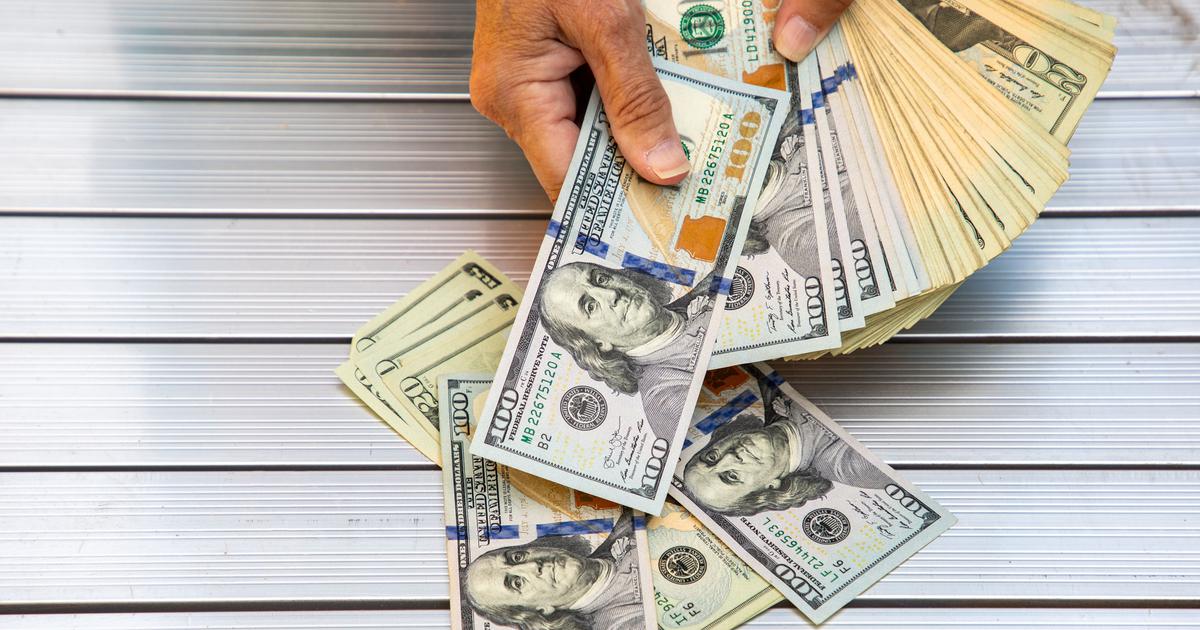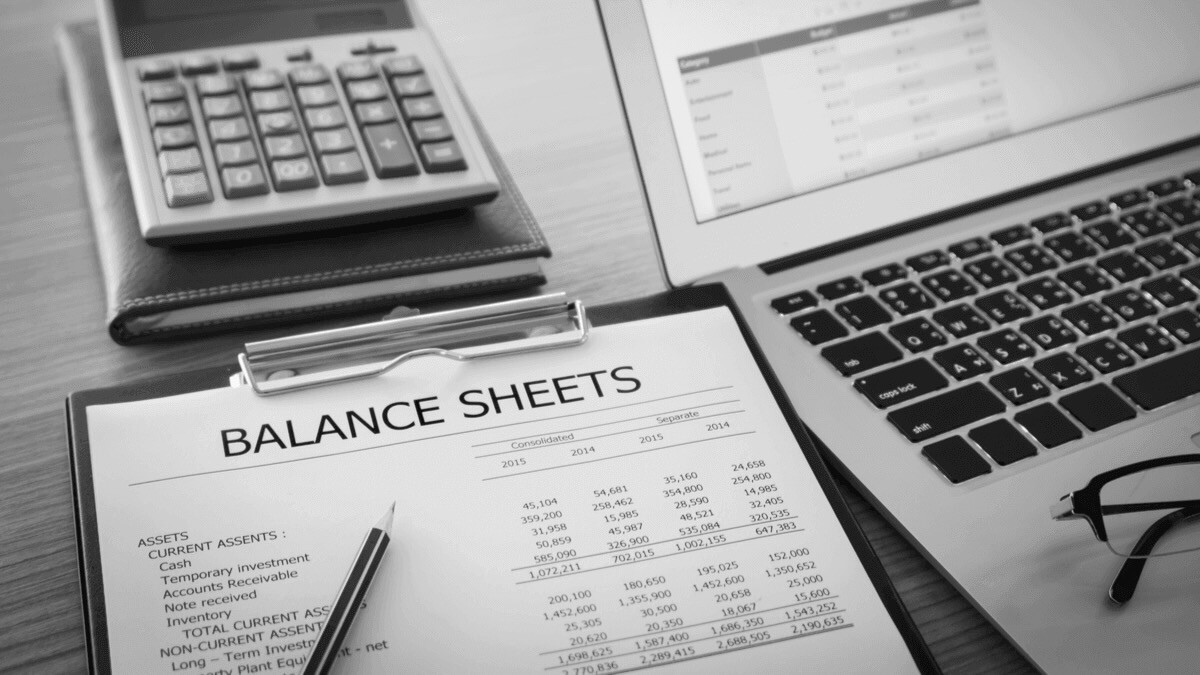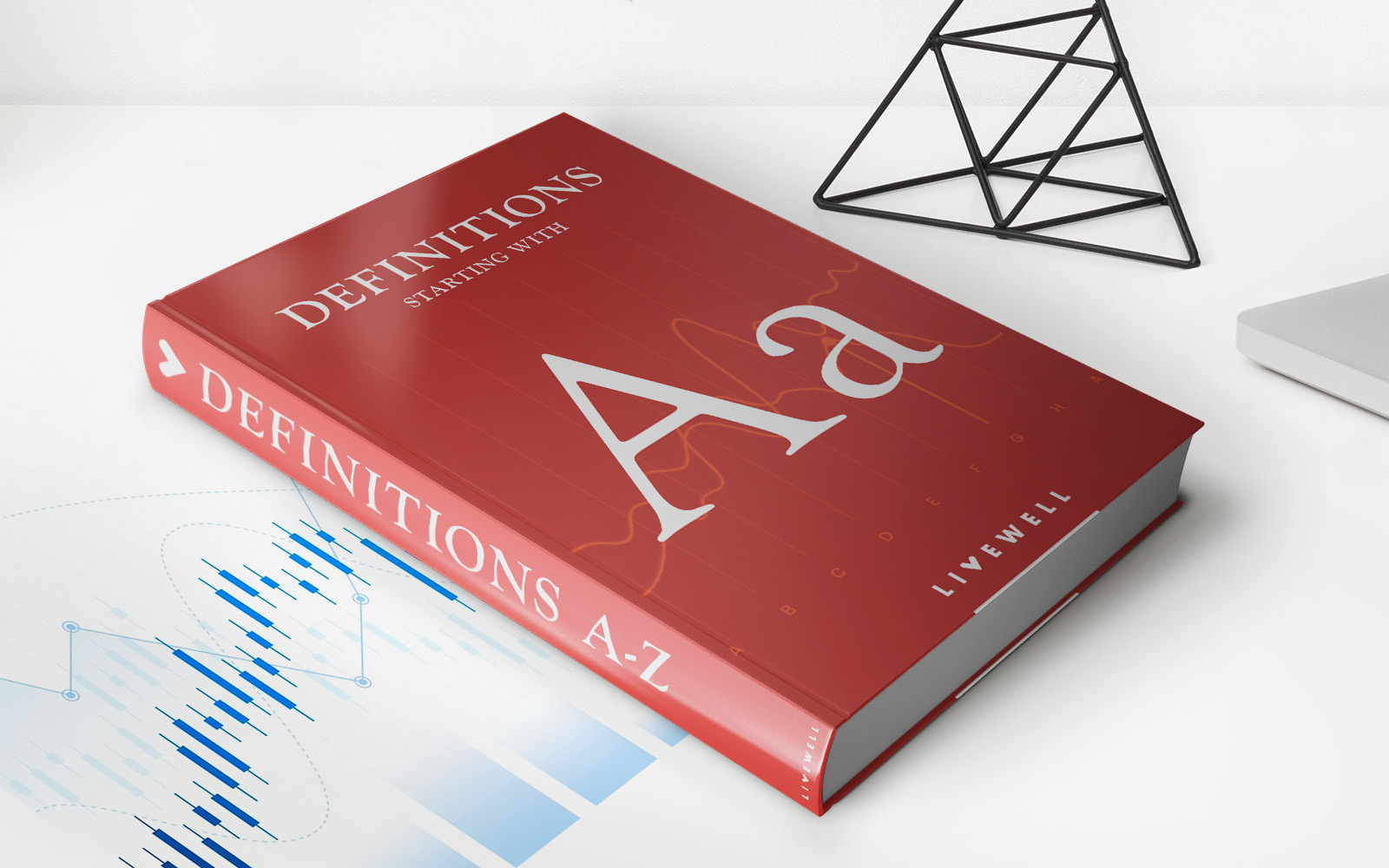Home>Finance>Cross-Currency Swap: Definition, How It Works, Uses, And Example
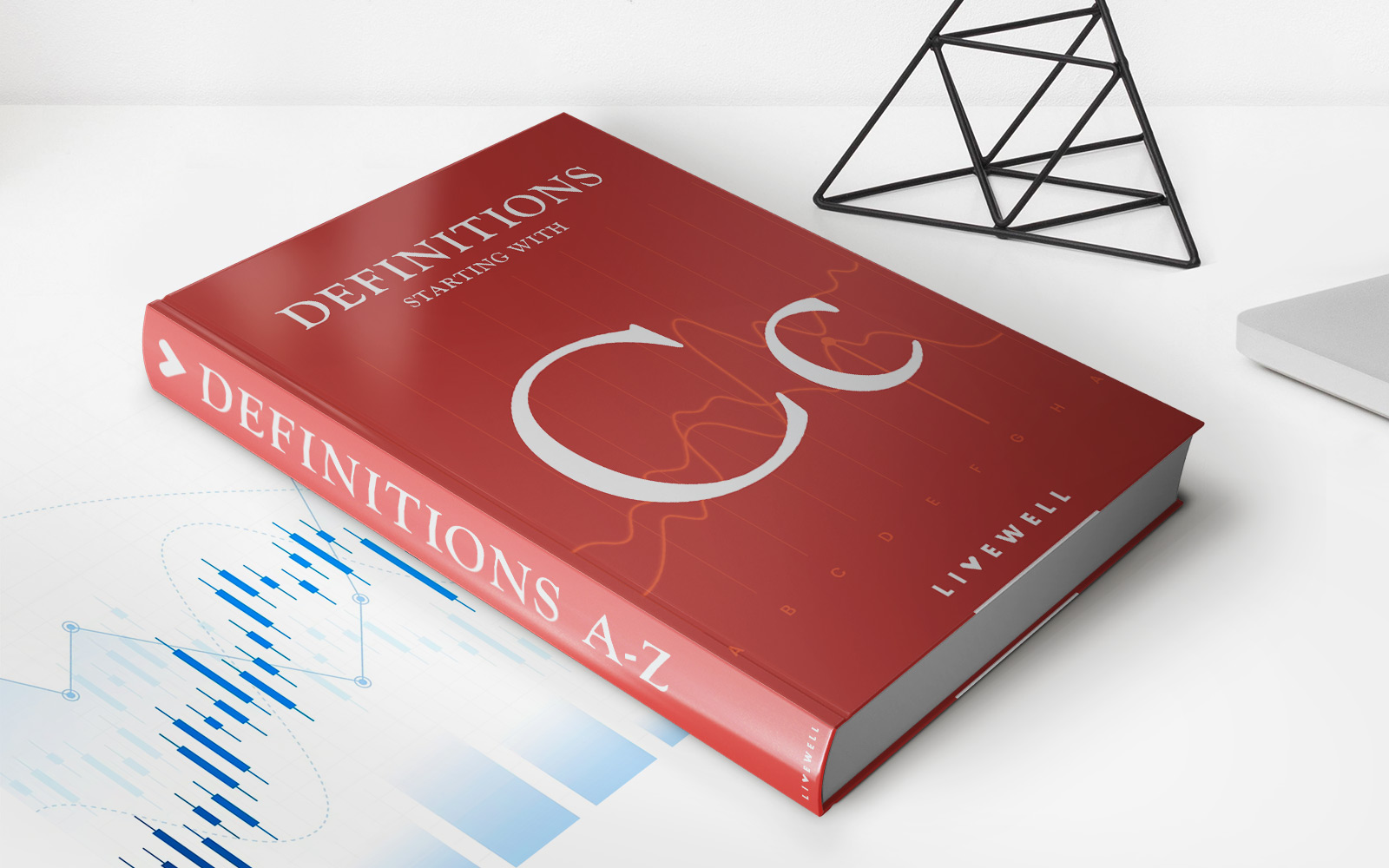

Finance
Cross-Currency Swap: Definition, How It Works, Uses, And Example
Published: November 5, 2023
Learn about cross-currency swaps in finance - definition, working, uses, and examples. Understand how this financial instrument can help manage risks and optimize currency exposure.
(Many of the links in this article redirect to a specific reviewed product. Your purchase of these products through affiliate links helps to generate commission for LiveWell, at no extra cost. Learn more)
Cross-Currency Swap: Definition, How It Works, Uses, and Example
Welcome to our finance category! Today, we’re diving into the complex world of cross-currency swaps. Whether you’re an experienced investor or just starting to explore the vast realm of finance, understanding cross-currency swaps can be essential in managing risk and optimizing returns. In this blog post, we’ll define cross-currency swaps, explore how they work, discuss their uses, and provide a helpful example to illustrate their application. So, let’s get started!
Key Takeaways:
- Cross-currency swaps are financial contracts that allow two parties to exchange cash flows denominated in different currencies.
- They are commonly used to hedge currency risk, lower borrowing costs, or gain exposure to foreign markets.
What is a Cross-Currency Swap?
A cross-currency swap is a financial derivative in which two parties agree to exchange cash flows denominated in different currencies over a specified period. These swaps involve both interest payments and the exchange of principal amounts at a predetermined exchange rate.
Picture a scenario where a US-based company plans to expand its operations in Europe. As a result, the company anticipates generating revenue in euros. However, since their functional currency is the US dollar, they face currency risk if the euro weakens against the dollar. To mitigate this risk, the company could enter into a cross-currency swap with a financial institution. By doing so, the company can convert its euro revenue into US dollars at a predetermined exchange rate, effectively eliminating the currency risk.
How Do Cross-Currency Swaps Work?
Cross-currency swaps typically involve two stages: the initial exchange and the periodic interest rate exchange.
1. Initial Exchange:
- The two parties in a cross-currency swap agree on the principal amounts and the exchange rate.
- One party makes an initial payment in their currency to the other party, while the other party makes an equal payment in the desired currency.
2. Periodic Interest Rate Exchange:
- Throughout the swap’s duration, both parties exchange periodic interest payments based on agreed-upon rates.
- At the end of the swap, the original principal amounts are exchanged back at the predetermined exchange rate.
By exchanging the interest payments, the two parties effectively lock in their borrowing costs in their respective currencies. The predetermined exchange rate ensures certainty in the principal amount to be exchanged at the end of the swap.
Uses of Cross-Currency Swaps
Cross-currency swaps have several important uses for individuals and businesses:
- Currency Hedging: Cross-currency swaps are commonly used to hedge currency risk. Businesses that operate internationally can use these swaps to lock in exchange rates and protect against adverse currency movements.
- Lower Borrowing Costs: Banks and companies with access to international markets can use cross-currency swaps to tap into lower borrowing costs in different currencies.
- Foreign Market Exposure: Investors seeking exposure to foreign markets can utilize cross-currency swaps to gain access to income streams and diversify their portfolios.
Example of a Cross-Currency Swap
Let’s consider a practical example of a cross-currency swap:
Company XYZ, a US-based multinational corporation, plans to expand its operations in Japan and expects to generate revenue in Japanese yen. However, to ensure stability in their financials, they want to convert their yen revenue into US dollars at a predetermined exchange rate.
XYZ decides to enter into a cross-currency swap with a Japanese bank. They agree on exchanging yen revenue for US dollars at a fixed exchange rate over a three-year period. Throughout the swap’s duration, XYZ periodically pays interest in yen to the bank, while the bank pays interest to XYZ in US dollars at agreed-upon rates.
At the end of the three-year swap, the original principal amounts are exchanged back at the predetermined exchange rate, effectively converting XYZ’s yen revenue into US dollars, mitigating currency risk.
In conclusion, cross-currency swaps are powerful financial instruments that allow parties to manage currency risk, lower borrowing costs, and gain exposure to foreign markets. Understanding and utilizing cross-currency swaps can provide individuals and businesses with greater financial flexibility and strategic advantages in an increasingly interconnected global economy.
Thank you for joining us in exploring the world of cross-currency swaps. We hope you found this blog post insightful and informative. Check out our other articles in the finance category for more valuable insights!
